Our Latest Feature Articles & Reviews...
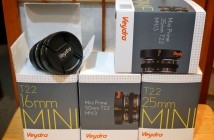
Veydra Mini Primes Delivering; 85mm T2.2 Available for Pre-Order
This past week, the first four-lens sets of Veydra Mini Primes for MFT cameras started shipping to Kickstarter backers, resellers Hot…
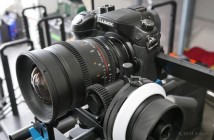
Rokinon Cine Primes
Last December I did a series of side-by-side test with a variety of lenses on my GH4: T1.9 Ultra Primes,…
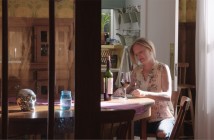
The Sony FS7: One Light, Three ISOs, and Many Possibilities
I’ve always wanted to test a camera’s dynamic range by beautifully lighting a room using one punchy light placed outside…
NAB Show Reports...
More Articles & Reviews from DV Info Net...
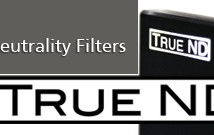
One Set of ND Filters to Rule Them All?
One of the dirty little secrets of the film industry is that, historically, no one has made a truly neutral ND filter. In theory ND filters cut all visible light equally, but the sad reality is that they all shift color a bit. Some go a bit cool, some turn magenta… they all tend to shift in one direction or another depending on the brand. A company by the name of Mitomo claims to have made a perfectly neutral ND filter that also cuts IR on every camera made. This is a spectacular claim and I was naturally skeptical when I first heard of this product. There’s only way to find out if this is true, so read on…

What Firelight and Windows Have in Common
Firelight and window light have a lot in common. They both require multiple light sources to look convincing. Here are my favorite tricks for reproducing both. I first learned the “strips of multicolored gels waved in front of a light” firelight trick in film school, and I never found it very convincing. I don’t get a lot of opportunities to use flame bars, and I know there are ways to emulate firelight using multiple china balls with different gels on them. My favorite technique came about by simply staring into a fireplace for a while.
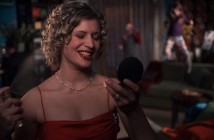
The Joys of Lighting Flat
There’s one place in every set that’s never going to be seen, and that’s directly behind the camera. Light from this direction is generally considered uninteresting but if you have a nuanced eye you can create some really interesting looks by putting a light in the one spot that every film school teaches students to avoid.
Lighting direction is important, but so is the size of the source. A small non-diffused light placed directly behind the camera is generally doesn’t work well because it makes people and things look obviously lit. There are situations where this kind of lighting does work–we see it all the time in older movies when a female star has to look her best–but for modern work it feels a bit forced.
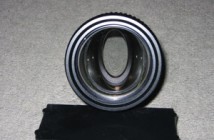
The Pitfalls of Anamorphic
Focus is a huge issue in anamorphic, and everyone on the camera crew has to wrap their heads around which focal length lens does what. For example, in spherical cinematography a 50mm lens delivers a “normal” perspective, but in anamorphic the closest to this is the 80mm. The reason for this is that each anamorphic lens is really two lenses in one: it’s 80mm tall but 40mm wide, for a 2:1 squeeze. A spherical 40mm lens isn’t all that long and focus isn’t that big a deal in the horizontal axis, but the addition of an 80mm lens to the vertical axis cuts depth of field in half. A 40mm spherical lens has reasonable depth of field, but add an 80mm lens into that mix and suddenly you have to pay a LOT of attention just to make sure medium shots are in focus.
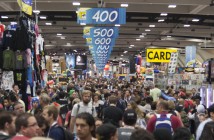
Comic-Con 2013: What’s in a costume?
Today’s pop culture is awash in the stuff of comic books. Our biggest movie franchises, video games and television shows…
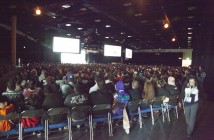
Breaking Good: Comic-Con 2013 does the Movies and TV
To understand the impact of Comic-Con on the motion picture and television industries, look no further than the 2013 panel…
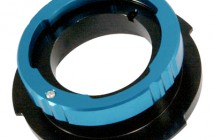
Review: MTF Lens Mount Adapter
Over the past few years, many companies have brought to market lens mount adapters. Some of these adapters are simply…
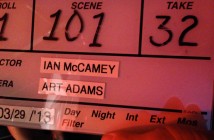
32 Takes: My First Spot with the Sony F5
Director Ian McCamey and I have done a lot of spots together, and when he calls I know he’s going…
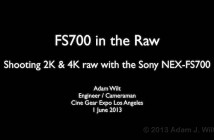
Sony NEX-FS700 in the Raw
At NAB 2013, Sony announced the raw upgrade for the NEX-FS700, allowing this $7500 camera to send raw 2K and 4K video to external recorders. In the middle of May, Sony sent me a prototype raw-enabled FS700 camera, an IFR5 raw adapter, and an AXS-R5 recorder. After ten days of frantic shooting, grading, and editing, Art and I presented “FS700 in the Raw” at Cine Gear Expo. Most of what Art discussed he’s written about here; what follows is my part of the presentation.
